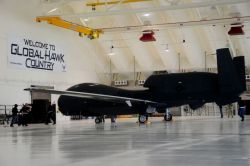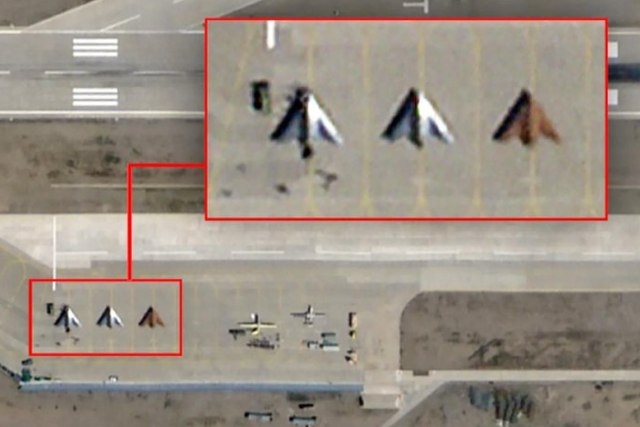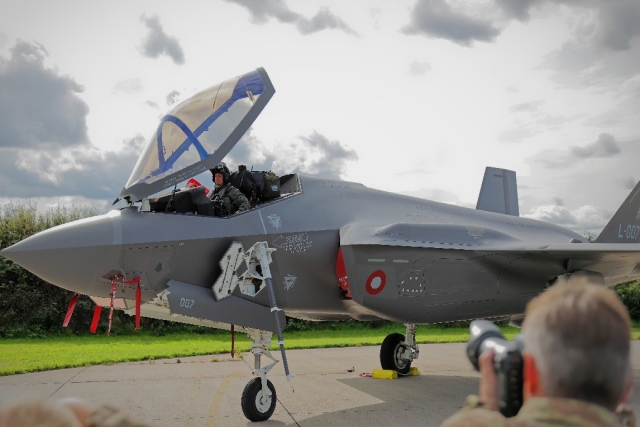Northrop Grumman Developing Battle Command System For US Army
Northrop Grumman is developing the Integrated Air and Missile Defense (IAMD) Battle Command System (IBCS) under the direction of Army IAMD Project Office, the Program Executive Office for Missiles and Space.
The demonstration highlighted how IBCS delivers a single integrated air picture easily understood by commanders and air defense operators to greatly enhance aircraft and missile tracking and decision making in the very complex air domain, according to Northrop Grumman.
The update also showed how IBCS can enable commanders to tailor organizations, sensors and weapons to meet the demands of diverse missions, environments and rules of engagement in a manner not achievable today.
"Today's air defenders are forced to deal with uncertain information, short timelines and high consequences for wrong decisions," said Kevin Campbell, vice president and executive lead, Missile Defense Integration Group, Northrop Grumman. "It's crucial we provide the system that allows commanders to optimize limited resources, plan flexible defense designs and be involved in engagement decisions.
IBCS establishes the foundation for commander-centric, network-enabled operations. By networking sensors and interceptors – as opposed to simply linking them – IBCS provides wider area surveillance and broader protection areas.
IBCS replaces seven legacy command-and-control (C2) systems with a net-centric C2 to reduce single points of failure and offer the flexibility for deployment of smaller force packages. It creates a standard simplified approach via one battle command system common across the forces that eliminates the logistics tail of multiple systems and fundamentally changes the training paradigm.
With its truly open systems architecture and a common, government-owned interface, IBCS enables integration of current and future sensors and weapon systems and interoperability with joint C2 and the ballistic missile defense system. The modular architecture also allows the ability to modernize sensors and weapon systems without major rework.
The IBCS program resulted from analysis of Desert Storm and Iraqi Freedom operations to improve mission command as a top priority. Significant IBCS program milestones include planned flight tests late this year at White Sands Missile Range, N.M.










